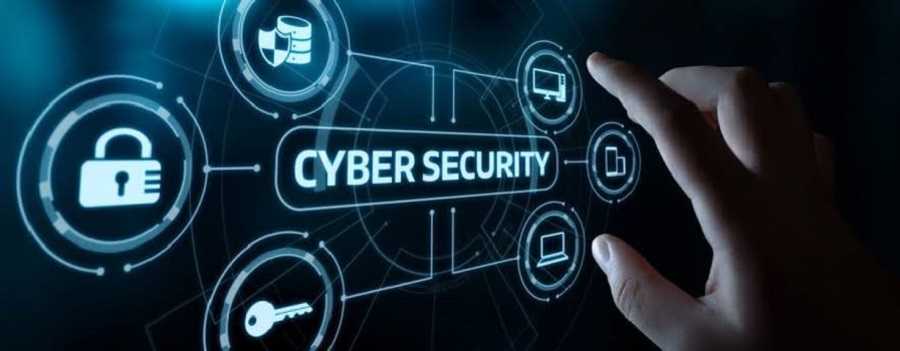The digital age brings undeniable convenience, but it also exposes us to a growing landscape of cyber threats. Data breaches, phishing scams, and malware attacks can wreak havoc on our finances, identities, and sense of security. Fear not, fellow netizen! This guide equips you with essential cybersecurity hygiene practices – simple everyday habits that significantly enhance your online safety.
Understanding the Threat Landscape
Before diving into specific tactics, let’s gain a basic understanding of the most common cyber threats:
- Phishing Attacks: Deceptive emails or messages designed to trick you into revealing personal information or clicking on malicious links that can download malware.
- Malware (Malicious Software): Software designed to harm your device, steal data, or disrupt operations. This can include viruses, worms, spyware, and ransomware.
- Data Breaches: Unauthorized access to a database containing sensitive information like usernames, passwords, and financial details.
- Social Engineering: Psychological manipulation tactics used to trick you into giving up personal information or clicking on malicious links.
The Power of Prevention: Essential Cybersecurity Habits
1. Strong Passwords and Multi-Factor Authentication (MFA):
- Password Strength: Gone are the days of simple passwords like “123456” or your pet’s name. Create strong passwords using a mix of uppercase and lowercase letters, numbers, and symbols. Consider using a password manager to generate and securely store unique passwords for all your online accounts.
- MFA: Multi-factor authentication adds an extra layer of security by requiring a second verification step beyond your password, such as a code sent to your phone or a fingerprint scan. Enable MFA whenever possible for your online accounts, email, and social media platforms.
2. Software Updates: A Timeless Defense
- Software vulnerabilities are like cracks in your digital armor – entry points for cybercriminals. Apply software updates (operating systems, browsers, applications) promptly. These updates often include security patches that address vulnerabilities exploited by malware.
3. Beware of Suspicious Links and Attachments
- Think Before You Click: Phishing emails often contain malicious links or attachments disguised as legitimate documents or links from trusted sources. Hover over links before clicking to see the actual URL. Never open attachments from unknown senders.
4. Building a Fortress: Secure Your Wi-Fi
- Public Wi-Fi: Avoid conducting sensitive activities like online banking or entering passwords while connected to public Wi-Fi networks. If necessary, consider using a Virtual Private Network (VPN) to encrypt your internet traffic.
- Home Wi-Fi Security: Secure your home Wi-Fi network with a strong password and enable encryption (WPA2 or WPA3). Avoid using generic names like “Wi-Fi” for your network name (SSID).
5. Building Digital Trust: Website Scrutiny
- Website Legitimacy: Before entering personal information on a website, verify its legitimacy. Look for the padlock symbol in the address bar and the “https” prefix, indicating a secure connection.
6. Guarding Your Data: Social Media Savvy
- Privacy Settings: Review and adjust the privacy settings on your social media accounts to control who can see your information. Beware of oversharing personal details like your birthday, address, or phone number.
7. Be Wary of Free Downloads
- Free often comes with a hidden cost. Avoid downloading software or applications from untrusted sources. Stick to reputable app stores and official websites for downloads.
8. Antivirus Software: A Safety Net
- A good antivirus program can act as a safety net, detecting and blocking malware before it can infect your device. Keep your antivirus software updated to ensure it can identify the latest threats.

Cybersecurity Hygiene: A Continuous Journey
Cybersecurity is not a one-time fix; it’s an ongoing practice. By incorporating these essential habits into your daily online routine, you significantly reduce your risk of falling victim to cyber threats.
Beyond the Basics: Additional Tips for the Savvy User
- Beware of Social Engineering: Cybercriminals often use social engineering tactics to manipulate you into revealing personal information. Be cautious of unsolicited calls, emails, or messages that create a sense of urgency or pressure you to act.
- Regular Backups: Backing up your data regularly to an external hard drive or cloud storage service ensures you have a copy of your important files in case of a cyberattack or device failure.
- Be Wary of Free Wi-Fi Deals: Free Wi-Fi offers often come with data collection practices. Read the terms and conditions before connecting to understand how your data might be used.
- Stay Informed: The cybersecurity landscape is constantly evolving. Stay informed about the latest threats and scams by subscribing to reputable cybersecurity blogs or news sources.
Related: Essential Cyber Security Measures to Protect Your Business
Empowering Yourself in the Digital Age
By adopting essential cybersecurity hygiene practices, you take control of your online safety. Remember, even small steps can make a big difference. So, be proactive, be informed, and navigate the digital world with confidence.
Together, we can create a safer online environment for everyone!





